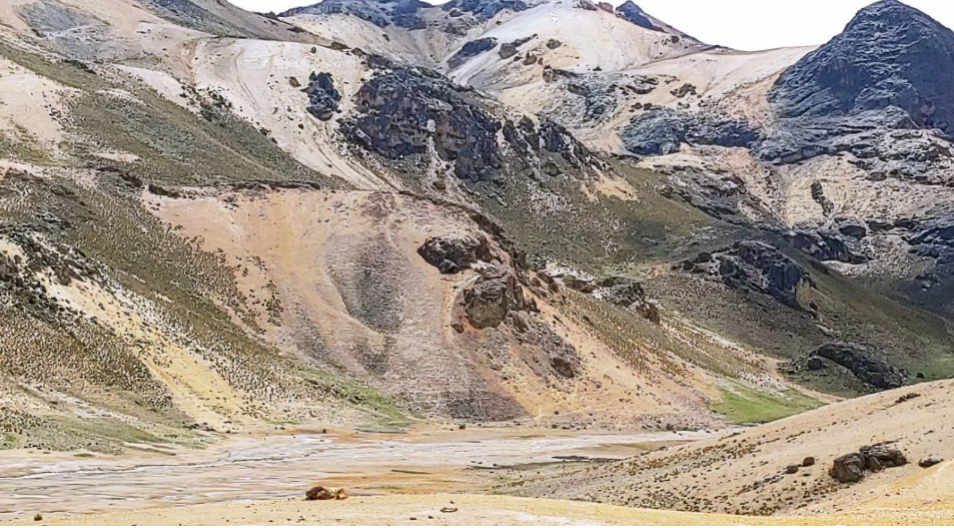Flat ontology and scale in the intepretation of a territory
The actor-network-theory (ANT)
The ANT approach to the study of society presents a concept called flat ontology. It has geographical implicances as ANT considers that the topology of the network helps to aproximate an understanding of social reality in space. The components of ANT network are not only humans; thus, agency -that operates through interactions- is given to every single element.
In the case of the control of water transfers in Rimac watershed from rural to urban spaces, Hommes and Boelens (2017)1 sugest the presence of a hierarchy that operates the relations within the three major agents present in this hidro-social territory: the water facilities administrator in Lima (SEDAPAL), the power generation private firms, and the communities settled in the headwaters.
Under ANT approach this territorialized water system should include water itself as an actor, identifying and describing its seasonal flow periods and quality attributes. Even the changing formal and informal rules of water control are going to be part of the network under ANT.
Woodward et al. (2009)2 call it orienting inquiry toward what these things do. Furthermore, these authors suggest that ANT approach is “challenging the limited, anthropocentric domain of agency in accounts of materiality”; and furthermore, “because there are any number of activities and processes unfolding across this network, it becomes impossible to grant certain participants at specific sites within it (that is, humans) a causal agency over and against that of other participants (that is, objects) that play just as crucial a role in carrying out a desired end”.
 Headwaters of Apacheta river, Ayacucho (Fuente: Vilca 2022)
Headwaters of Apacheta river, Ayacucho (Fuente: Vilca 2022)
Socio-spatial relations of water transfers
In recognizing categorizations as the product of social relations of power, attention turns to which social groups have the discursive resources to construct categories; that is, who has the ability to name the world? (Woodward et al. 2009).
Thought is given to how people and things exist in the world such that they are constituted with particular capacities for action, which comes from a form or organization composed by their specific manifestation (their self as form) and their mode of operation that is very much context dependent.
This ontological interpretation to the study of territory, provides a framework to represent it as a interconnected network of human and no-human elements, at various spatial scales, whose dynamics are dependent and contingent to its interactions. These features allow to develop this representation as a source of knowledge and also as a plausible model to influence its non-linear trajectory.
In the case of the model of hydrosocial territories, proposed by Hommes and Boelens (2017), ANT broadens the discourse of extractive transfers of controled resources towards an operational instrument to describe and influence the evolution of this socio-spatial entity. This focus allows us to include in the analysis the resource and the space where water flows. It provides an insight on the way physical elements of the landscape influence human valoration of the resource and the economic outcomes from the transfer process.
References
-
Lena Hommes, Rutgerd Boelens. 2017. Urbanizing rural waters: Rural-urban water transfers and the reconfiguration of hydrosocial territories in Lima. Political Geography 57: 71-80. Elsevier. ↩
-
K. Woodward, D.P. Dixon, J.P. Jones III. 2009. Poststructuralism/Poststructuralist Geographies. In: International Encyclopedia of Human Geography. Elsevier. ↩